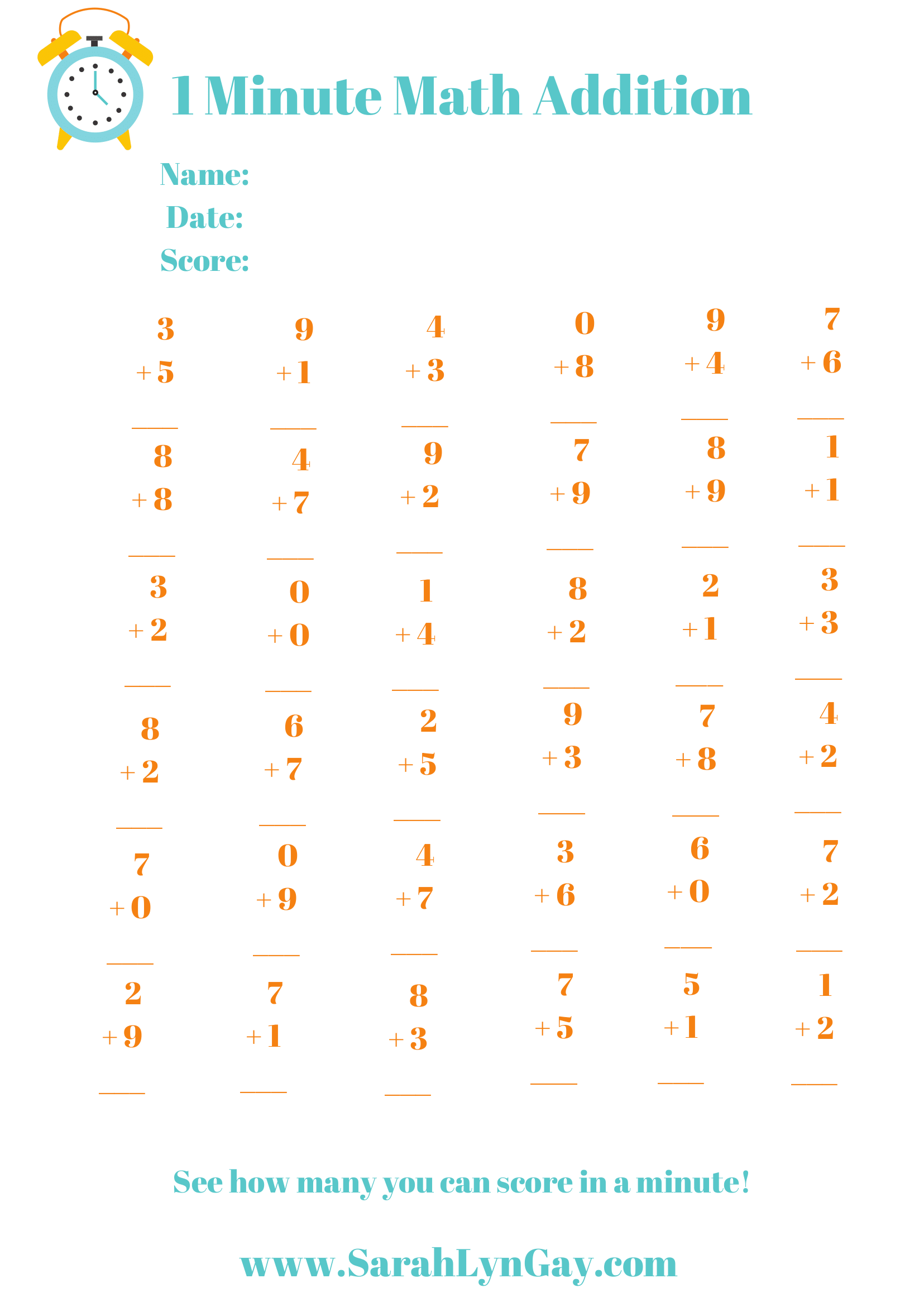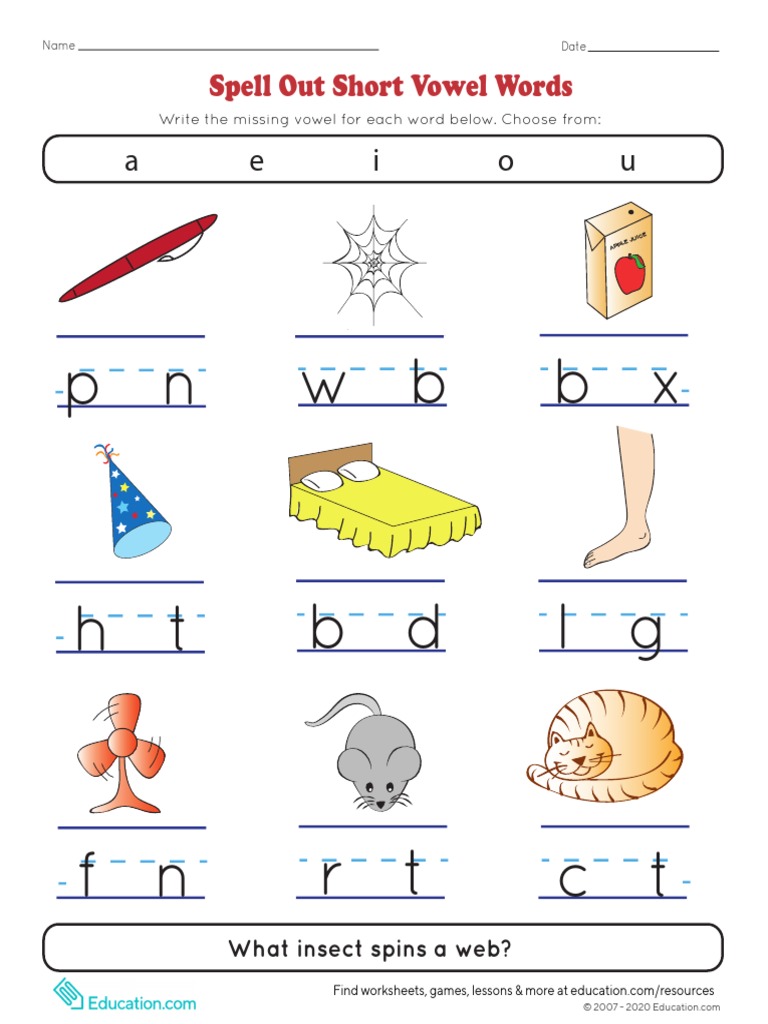Learning to count and recognize numbers is a crucial part of early childhood education. As children develop their math skills, one engaging way to reinforce their understanding of numbers is through missing number activities. Specifically, activities focusing on missing numbers from 1 to 100 provide a fun and interactive way for children to practice number recognition, sequencing, and critical thinking. In this article, we’ll explore the importance of mastering numbers, how to create missing number activities, and the benefits they offer young learners.
The Importance of Number Recognition
Number recognition is foundational for mathematical understanding. When children can identify and understand numbers, they are better prepared for addition, subtraction, and more complex math concepts. Mastering numbers from 1 to 100 is particularly important because:
- Building Blocks for Math: The numbers 1-100 are the building blocks for all future math learning. A strong grasp of these numbers lays the groundwork for operations like addition and subtraction.
- Everyday Life Skills: Recognizing numbers helps children in everyday situations, such as telling time, understanding money, and measuring quantities. These skills are essential for independence and problem-solving.
- Confidence Boost: Successfully identifying and using numbers builds confidence in young learners. When children feel competent in their number skills, they are more likely to engage with math positively.

What Are Missing Number Activities?
Missing number activities involve presenting children with a sequence of numbers where some numbers are omitted. The task is for children to identify and fill in the missing numbers. For example, a worksheet might present the following sequence:
1, 2, ___, 4, ___, 6, 7, ___, 9, 10.
Children would need to fill in the blanks with the correct numbers (in this case, 3, 5, and 8).
Creating Missing Number Activities
Creating your own missing number activities can be a fun and easy process. Here’s how you can do it:
-
Choose the Range: Decide whether you want to focus on a smaller range (like 1-20) or the full range (1-100). For young learners, starting with smaller numbers can help build confidence.
-
Design the Worksheet: You can design a simple worksheet with rows of numbers, ensuring that some numbers are omitted. Consider using a mix of missing numbers to challenge different skill levels.
-
Use Visual Aids: Incorporate visuals or images associated with numbers, like dots or pictures of objects, to make the activity more engaging. For example, for the number 5, you might use five stars to visually represent the missing number.
-
Incorporate Fun Themes: Consider adding a fun theme to your activity. Whether it's animals, food, or seasonal themes, children will enjoy the worksheets more when they relate to something they love.
-
Print and Prepare: Once you have designed the worksheet, print it out and prepare it for your child. You can also laminate the sheets for repeated use with dry-erase markers.
How to Use Missing Number Activities
Once you have created or obtained your missing number worksheet, here are some effective ways to use it:
-
Introduce the Concept: Explain to your child what missing numbers are and how to find them. Use a simple example to demonstrate the process. For instance, show them how you identify the missing number in a small range first before moving on to larger numbers.
-
Work Together: Start by working on the worksheet together. Encourage your child to read the sequence of numbers and to think about what comes before and after the missing numbers. This collaborative approach helps them understand the concept without feeling overwhelmed.
-
Encourage Independent Practice: After working together, allow your child to attempt the worksheet on their own. This independent practice reinforces their understanding and builds confidence in their abilities.
-
Review Answers Together: Once they complete the worksheet, go over the answers together. Celebrate their successes and gently correct any mistakes, explaining why the correct answer is what it is. This discussion reinforces learning and encourages critical thinking.
Making Missing Number Activities More Engaging
To keep your child interested and engaged, consider these fun variations on the missing number activity:
-
Interactive Games: Turn the missing number activity into a game. You can create a large number line on the floor using tape and ask your child to jump to the missing numbers. This adds a physical element to the learning process.
-
Use Technology: There are many online platforms and educational apps that offer interactive missing number games. These digital activities can provide instant feedback and allow children to practice at their own pace.
-
Group Activities: If you have multiple children or are in a classroom setting, organize a group activity where children can work together to fill in the missing numbers. This encourages teamwork and allows them to learn from each other.
-
Incorporate Storytelling: Create a story around the numbers. For example, “Once upon a time, there were 10 frogs, but three decided to hop away! How many are left?” This approach adds a narrative element that can make numbers feel more relatable.
Benefits of Missing Number Activities
Engaging in missing number activities offers several benefits for young learners:
-
Critical Thinking Skills: Finding missing numbers encourages children to think critically and logically. They learn to analyze the sequence and understand the relationships between numbers.
-
Improved Number Sense: These activities help children develop a strong number sense, which is essential for future mathematical concepts. They learn to identify patterns and understand the order of numbers.
-
Fun and Engaging: Missing number activities are inherently fun. By incorporating games and visuals, children stay engaged, making learning feel less like a chore and more like a game.
-
Flexible Learning: Missing number activities can be tailored to different skill levels, making them suitable for a range of ages. Whether a child is just starting to learn numbers or is more advanced, these activities can be adjusted to meet their needs.
Conclusion
Missing number activities, particularly those focusing on the range of 1 to 100, provide a fun and effective way for children to master number recognition and sequencing. By engaging in these activities, children not only learn to identify and understand numbers, but they also develop critical thinking skills that will serve them well in their future educational endeavors. Whether at home or in a classroom setting, incorporating missing number exercises into learning routines can make math a fun and rewarding experience. So grab your worksheets, get creative, and watch your child thrive as they embark on their journey to master numbers!



